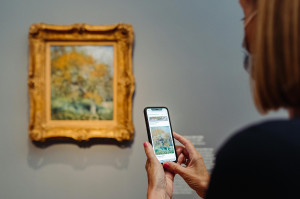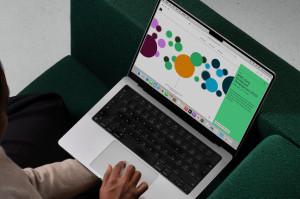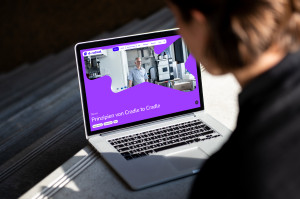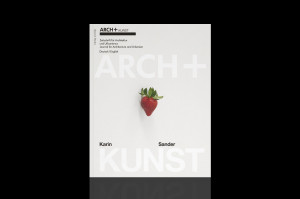Impressionism in the digital age
Museums, the UN demands, should be institutions that ‘are participatory and transparent, and work in active partnership with and for diverse communities to … enhance understandings of the world.’ Websites in particular can help to meet this demand. Museum Barberini in Potsdam has recognised that. With a new website, we have opened up one of the world’s most important centres of impressionist art to a diverse audience.
Information, curiosity, scientific interest: people have different motivations for visiting a museum’s website. How does a home for art satisfy these different needs? How does a museum website complement a visit to an exhibition in a meaningful way? And how does a museum experience in the digital space become so powerful that it converts enthusiastic users into real visitors? For the Barberini, one of the most successful new museums in Germany, we have found the answers. One of those is: transparency.






